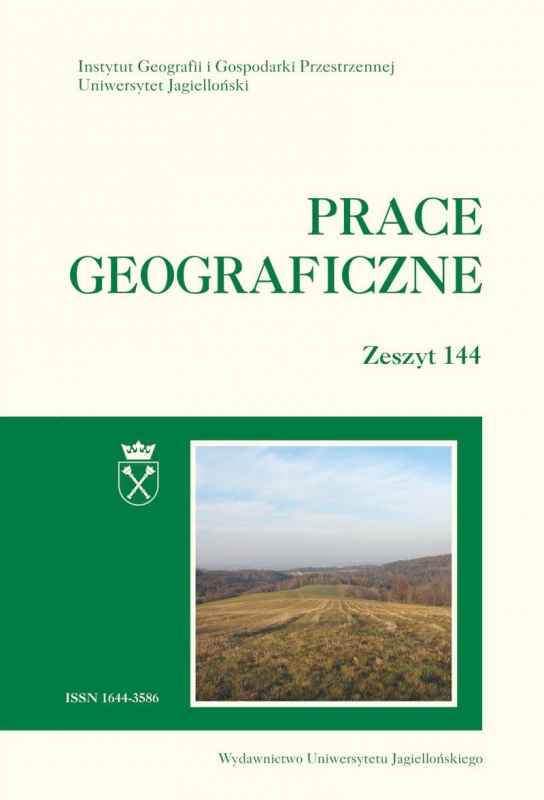Antropogeniczne formy rzeźby na terenie Magurskiego Parku Narodowego (Zewnętrzne Karpaty Fliszowe, Beskid Niski)
Anthropogenic landforms in Magura National Park (Outer Flysch Carpathians, Beskid Niski Mountains)
Author(s): Michał Zatorski, Paweł FranczakSubject(s): Geography, Regional studies
Published by: Wydawnictwo Uniwersytetu Jagiellońskiego
Keywords: Beskid Niski Mountains; anthropogenic landforms; re-naturalization; geodiversity
Summary/Abstract: Anthropogenic landforms are an important part of the landscape of Magura National Park. Human impact in this region for centuries has led to significant transformations of the local landscape and the local water cycle. The Lemko population, who had lived in the Beskid Niski Mountains until 1945 practiced animal husbandry, agriculture, forestry, rock material processing (stonemasonry), and extracted so-called wood oil. A rapid increase in population density led to intensive residential construction in the 19th and 20th centuries and increased human impact in the area. After the end of the Second World War in 1945, most Beskid Niski residents were moved to other parts of the country by the new communist government of Poland. Changes in land use then ensued. Mountain slopes that were previously used for agriculture as pastures and farmland were subjected to afforestation or gradually subjected to secondary plant succession. Despite a presently low population density and dispersed built-up sites in Magura National Park, anthropogenic forms are still very distinct as a result of several centuries of human activity across these lands. Due to their initial purpose, anthropogenic landforms can be distinguished as old residential and farm buildings (mainly stone foundation), remnants of agro-forestry industries, rock material extraction sites, religious sites, and military sites from the first and second world wars. These serve as the background for the effects of economic activity undertaken in this area after the Second World War. The most valuable and interesting anthropogenic landforms and areas were inventoried in this study. Especially important in this regard are concentrations of agricultural terraces in Nieznajowa, Ciechania, Żydowskie, and Rostajne. In the course of field research, evident effects of re-naturalization were observed, and consequently also the disappearance of many anthropogenic landforms in the study area. A full inventory of these sites could leads to the protection of selected sites associated with anthropogenic geodiversity.
Journal: Prace Geograficzne
- Issue Year: 2016
- Issue No: 144
- Page Range: 68-89
- Page Count: 21
- Language: Polish

